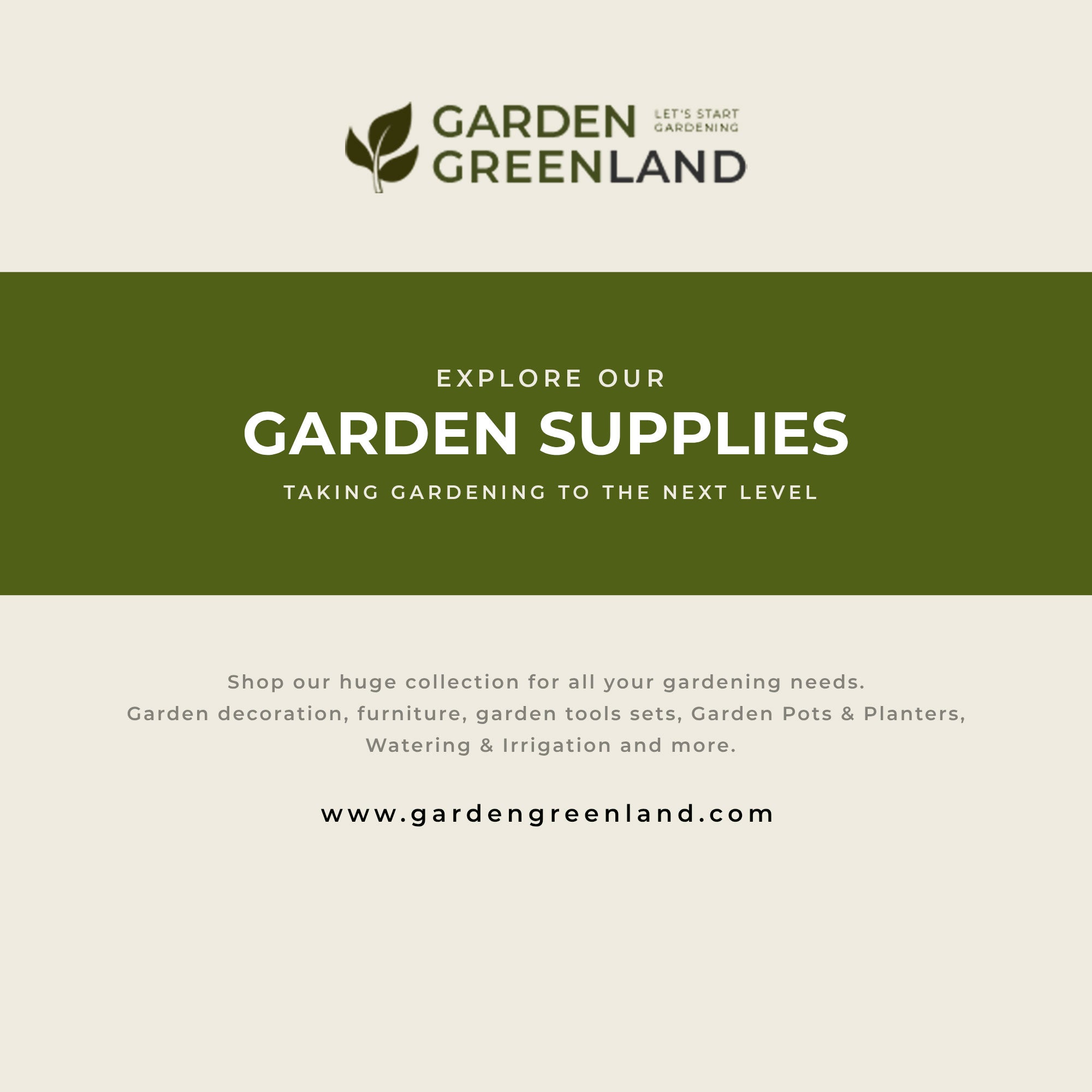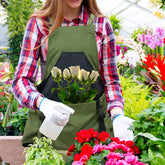How Big of Grow Bag for Tomatoes: The Ultimate Guide to Successful Tomato Cultivation
Table of Contents
- Understanding Grow Bags and Their Benefits
- Determining the Right Size of Grow Bag for Tomatoes
- Planting Guide for Tomatoes in Grow Bags
- Tips for Maximizing Your Tomato Harvest
- Common Challenges and Troubleshooting
- Frequently Asked Questions
- Conclusion
Have you ever wondered why some gardeners seem to have an endless supply of tomatoes while others struggle to produce even a single fruit? The secret often lies in choosing the right size of grow bag. As we embark on this journey together, we will explore the ins and outs of selecting the perfect grow bag size for tomatoes, ensuring you cultivate a thriving garden that delivers a bountiful harvest.
Growing tomatoes in containers has surged in popularity, particularly among urban gardeners. With limited space and increasing interest in home gardening, grow bags have become an essential tool for many. These flexible, breathable bags offer a unique solution to common gardening challenges, such as poor soil quality and limited growing space.
In this blog post, we will delve into the intricacies of growing tomatoes in grow bags, covering crucial topics such as the advantages of using grow bags, the various sizes available, best practices for planting, and tips for maximizing your tomato yield. By the end of this post, we aim to equip you with the knowledge to choose the right grow bag size for your tomato plants and help you achieve your gardening goals.
Together, we will navigate the world of tomato cultivation, addressing common questions and concerns along the way. From understanding the differences between determinate and indeterminate tomatoes to exploring the best soil and watering techniques, we have you covered. Let’s get started!
Understanding Grow Bags and Their Benefits
What Are Grow Bags?
Grow bags are fabric containers specifically designed for growing plants. Unlike traditional pots, which can restrict root growth and drainage, grow bags allow for better aeration and moisture retention. They are available in various sizes, making them suitable for a wide range of plants, especially tomatoes.
Advantages of Using Grow Bags for Tomatoes
- Breathability: The fabric of grow bags allows for proper airflow, which promotes healthier root systems and prevents root rot.
- Portability: Grow bags are lightweight and often come with handles, making it easy to relocate them based on sunlight exposure or weather conditions.
- Excellent Drainage: The porous nature of grow bags ensures that excess water drains away efficiently, reducing the risk of waterlogging and root diseases.
- Space Efficiency: Grow bags are ideal for urban gardeners with limited space, as they can be placed on patios, balconies, or even indoors.
- Reusable: With proper care, grow bags can be reused for several growing seasons, making them a sustainable choice for gardeners.
Determining the Right Size of Grow Bag for Tomatoes
Choosing the appropriate size of grow bag is crucial for the healthy growth of your tomato plants. The size will depend on several factors, including the variety of tomato, the growing environment, and the desired yield.
Factors to Consider When Choosing a Grow Bag Size
- Tomato Variety: Different tomato varieties have varying root systems. Determinate tomatoes, which grow to a certain height and produce fruit all at once, require less space than indeterminate varieties, which continue to grow and produce throughout the season.
- Soil Quality: The quality of soil used in grow bags can influence the size you need. High-quality potting mix provides the necessary nutrients and drainage, allowing for healthier plants.
- Growing Environment: The amount of sunlight, humidity, and temperature in your growing area can affect how quickly the soil dries out, which in turn impacts the size of the grow bag you should use.
- Desired Yield: If you’re aiming for a large harvest, consider opting for larger grow bags to accommodate expansive root systems.
Recommended Sizes for Different Tomato Varieties
- Determinate Tomatoes: For varieties such as Roma or Celebrity, a grow bag size of 7 to 10 gallons is typically sufficient. These bags offer enough space for healthy root development while keeping the plants manageable.
- Indeterminate Tomatoes: Varieties like Beefsteak or Cherry tomatoes require more room. A 15 to 25-gallon grow bag is ideal, allowing for extensive root growth and reducing the frequency of watering.
- Cherry Tomatoes: While smaller than their larger counterparts, cherry tomatoes still benefit from a 7 to 10-gallon grow bag for optimal growth.
Planting Guide for Tomatoes in Grow Bags
Preparing the Grow Bag
- Choose the Right Location: Select a spot that receives at least 6 to 8 hours of direct sunlight daily. This ensures your plants thrive and produce abundant fruit.
- Fill with Quality Soil: Use a well-draining potting mix, ideally one formulated for vegetables. Consider amending it with compost for added nutrients.
- Planting Depth: When planting, bury the stem of the tomato plant up to the first set of leaves. This encourages additional root growth and strengthens the plant.
Watering and Fertilizing
- Consistent Moisture: Grow bags dry out more quickly than traditional pots. Monitor soil moisture daily and water thoroughly when needed, ensuring the soil is moist but not waterlogged.
- Fertilization: Tomatoes are heavy feeders. Use a balanced organic fertilizer every 2-3 weeks, especially as the plants begin to produce fruit.
Supporting Your Tomato Plants
Indeterminate tomato varieties will require some form of support as they grow. Staking or caging can help keep plants upright, improve airflow, and make harvesting easier.
Tips for Maximizing Your Tomato Harvest
- Pruning: Regularly remove suckers (the small shoots that grow in the leaf axils) to direct energy toward fruit production and reduce disease risk.
- Mulching: Apply a layer of organic mulch around the base of the plants to retain moisture, suppress weeds, and regulate soil temperature.
- Crop Rotation: Consider rotating your crops each year to prevent soil-borne diseases and nutrient depletion.
Common Challenges and Troubleshooting
Gardening is not without its challenges. Here are some common issues faced by tomato growers and how to address them:
- Overwatering or Underwatering: Check the soil moisture regularly. If the soil feels dry several inches down, it's time to water. Conversely, if the soil is consistently soggy, consider reducing your watering frequency.
- Pest Problems: Keep an eye out for pests such as aphids or tomato hornworms. Use organic pest control methods to manage infestations.
- Diseases: Common tomato diseases include blight and blossom end rot. Ensure proper airflow and avoid wetting the leaves to reduce disease risk.
Frequently Asked Questions
What Size Grow Bag Should I Use for Tomatoes?
For determinate tomatoes, a 7-10 gallon grow bag is recommended, whereas indeterminate varieties thrive in 15-25 gallon bags.
Can I Use 5-Gallon Grow Bags for Tomatoes?
While it's possible to use 5-gallon grow bags for tomatoes, it's not ideal, especially for indeterminate varieties. The limited space may stunt root growth and reduce yield.
How Often Should I Water Tomatoes in Grow Bags?
Watering frequency can vary depending on the climate, but generally, you should check the soil daily and water when it feels dry a few inches below the surface.
Can I Reuse Grow Bags?
Yes, grow bags can be reused for multiple seasons. Ensure proper cleaning and storage after each use to maintain their integrity.
Why Are My Tomatoes Not Producing Fruit?
Lack of fruit production can be caused by insufficient sunlight, inadequate watering, or a lack of nutrients. Ensure your plants receive at least 6-8 hours of sunlight and are fertilized regularly.
Conclusion
Choosing the right size of grow bag for your tomatoes is essential for successful cultivation. By understanding the differences between tomato varieties, considering soil quality, and following best practices for planting and care, you can maximize your harvest. Together, we’ve explored the benefits of grow bags and provided you with the tools to embark on your gardening journey.
At Garden Greenland, we believe that everyone deserves to connect with nature through gardening. Our premium gardening products, including durable and weather-resistant grow bags, are designed to support your gardening endeavors. As you plan your tomato garden, consider exploring our Garden Equipment Collection for quality products that will enhance your gardening experience.
We hope this guide has inspired you to grow your tomatoes in grow bags and enjoy the fruits of your labor. Happy gardening!
FAQ Section
-
What is the best time to plant tomatoes in grow bags?
- The best time to plant tomatoes outdoors is after the last frost, typically in late spring.
-
Do tomatoes do better in pots or grow bags?
- Both can be effective, but grow bags often provide better drainage and aeration.
-
How deep should a grow bag be for tomatoes?
- A grow bag should be at least 12-18 inches deep for optimal root growth.
-
Can I grow multiple tomato plants in one grow bag?
- It depends on the size of the grow bag. For larger bags (15 gallons or more), you can grow more than one, but they may compete for nutrients.
-
What type of soil is best for tomatoes in grow bags?
- A high-quality potting mix formulated for vegetables is ideal, preferably amended with organic compost for added nutrients.









